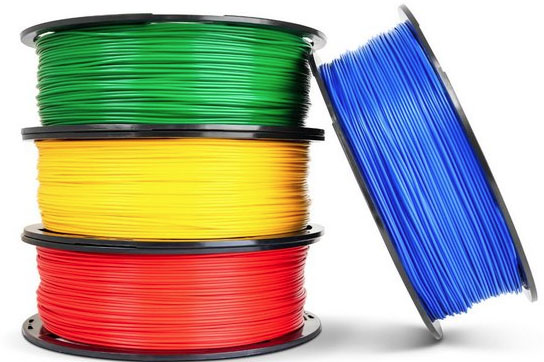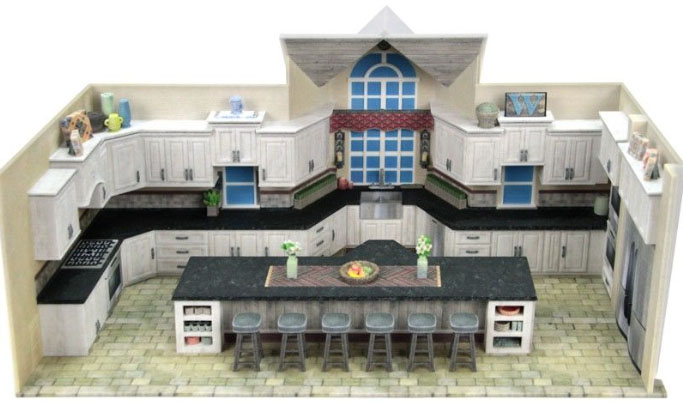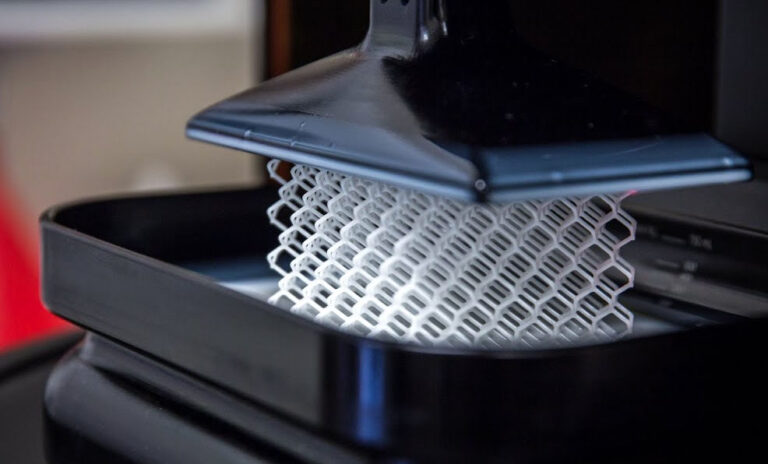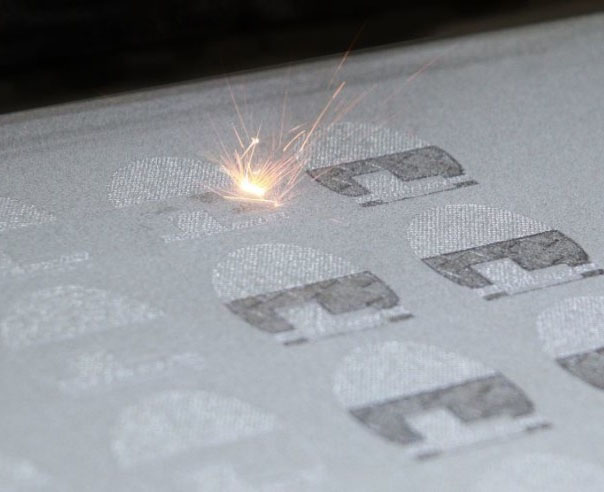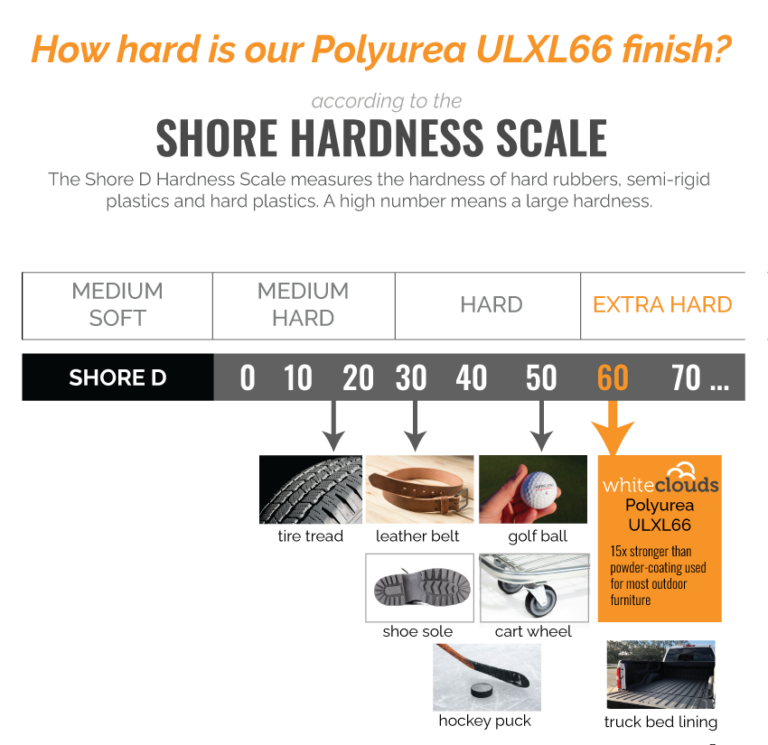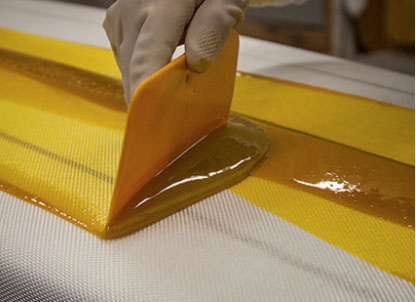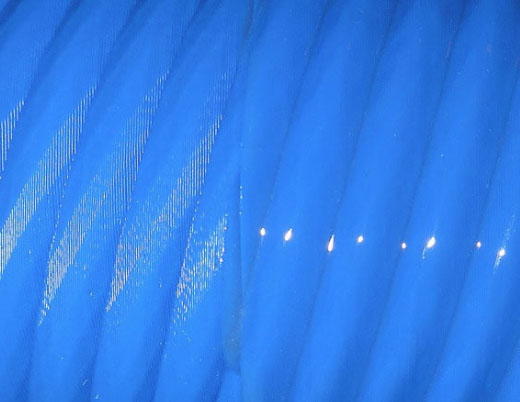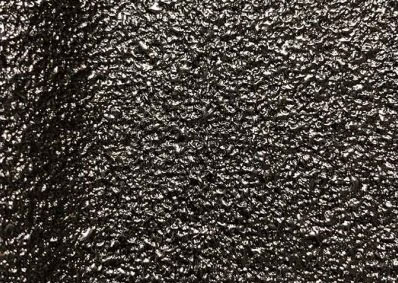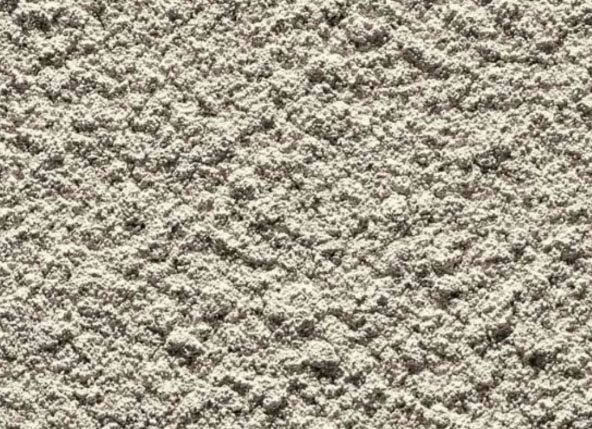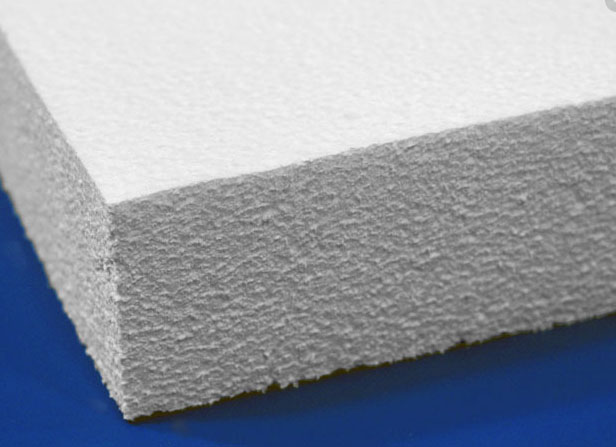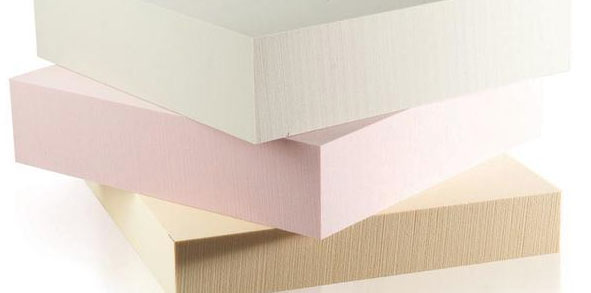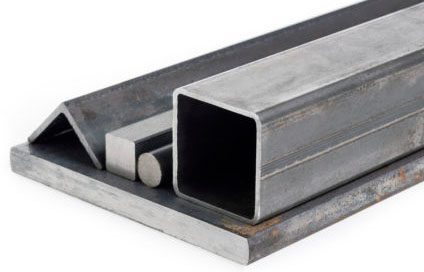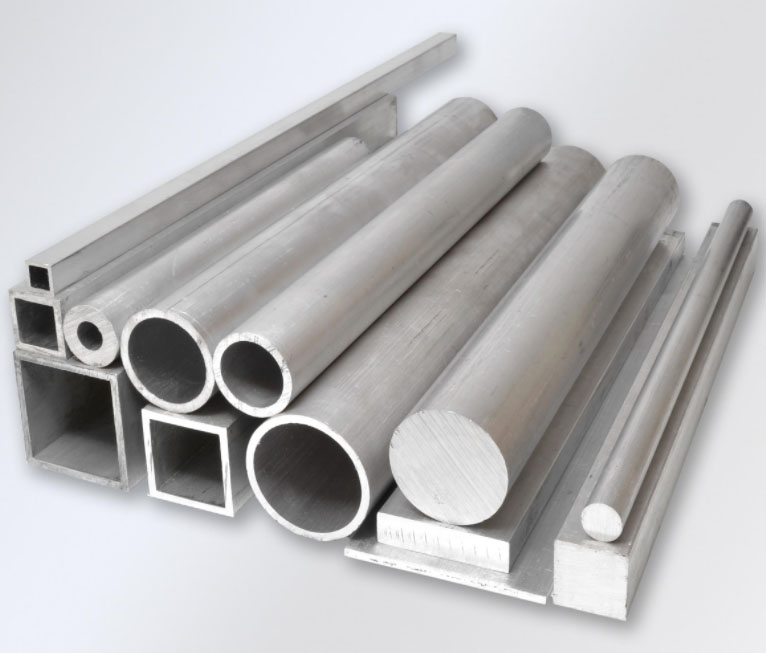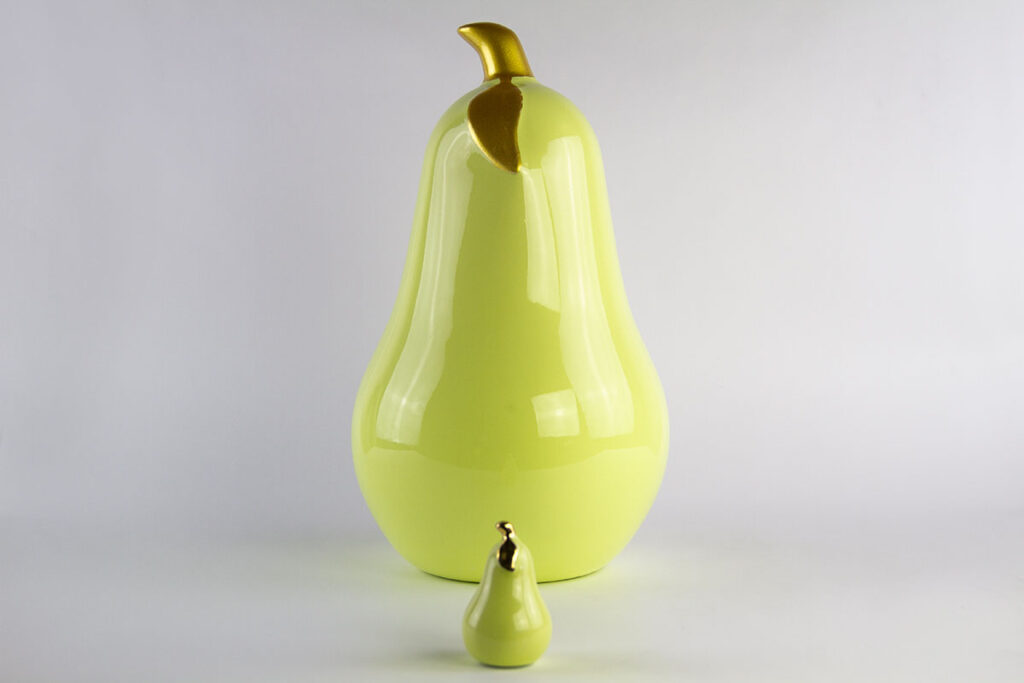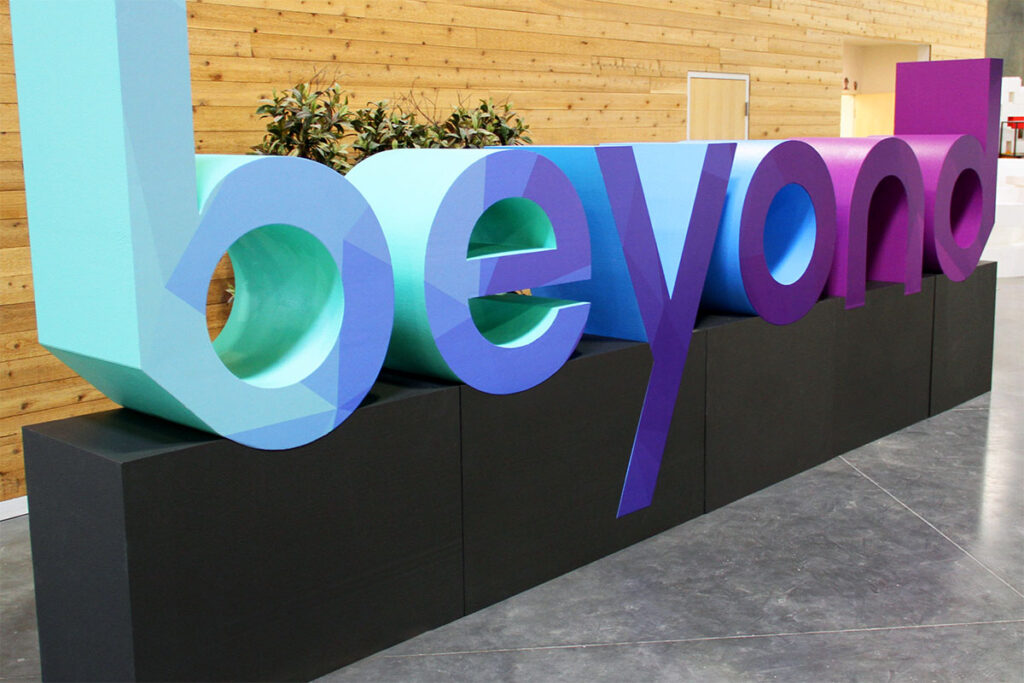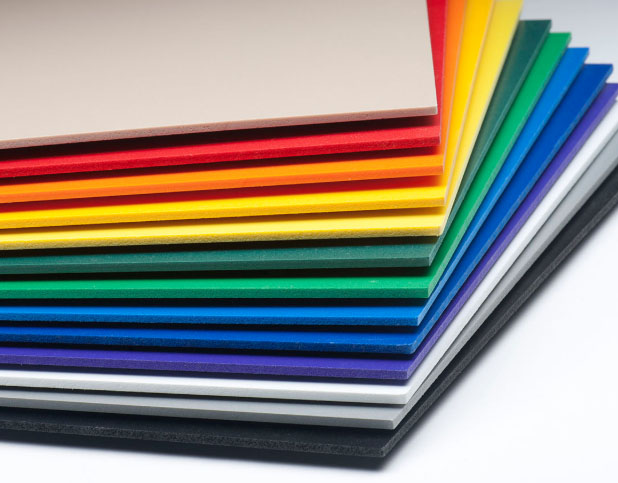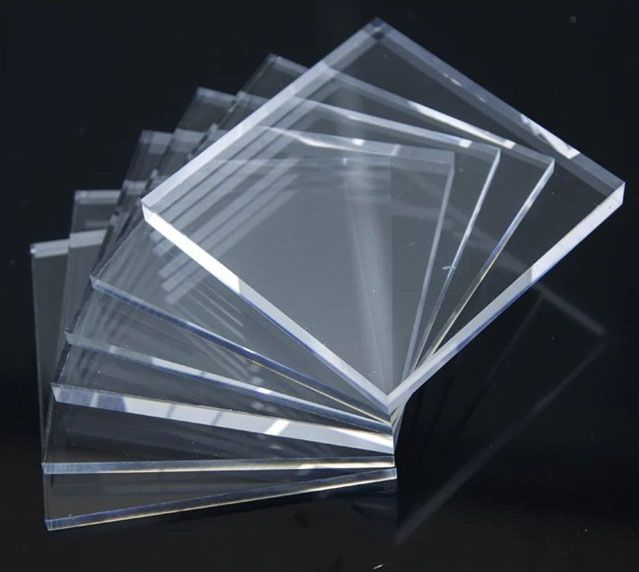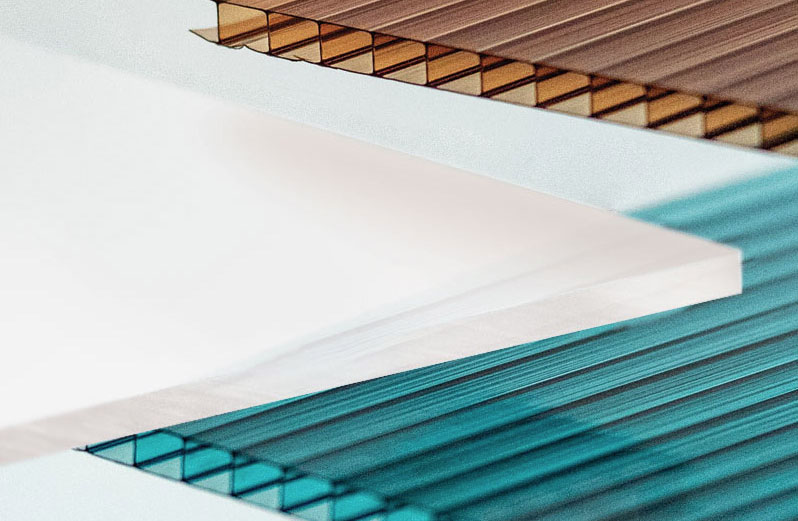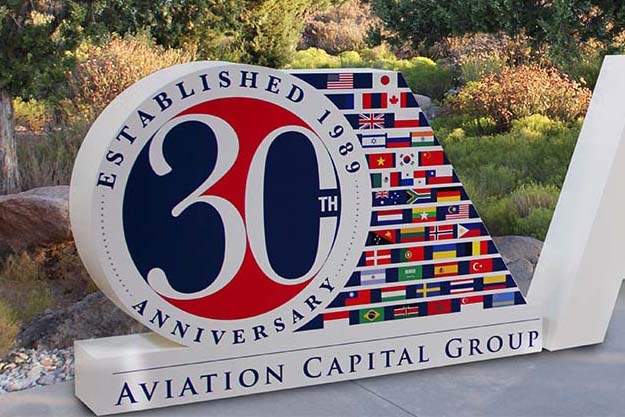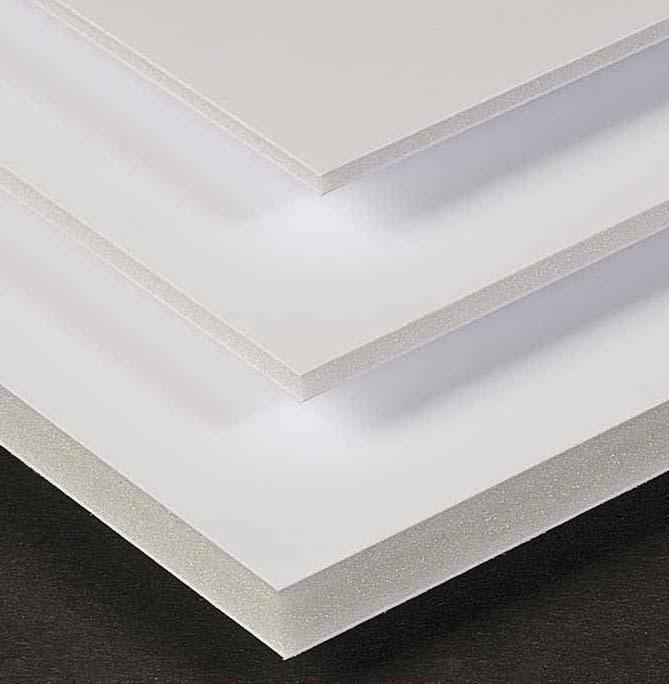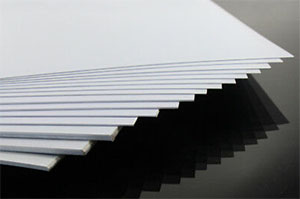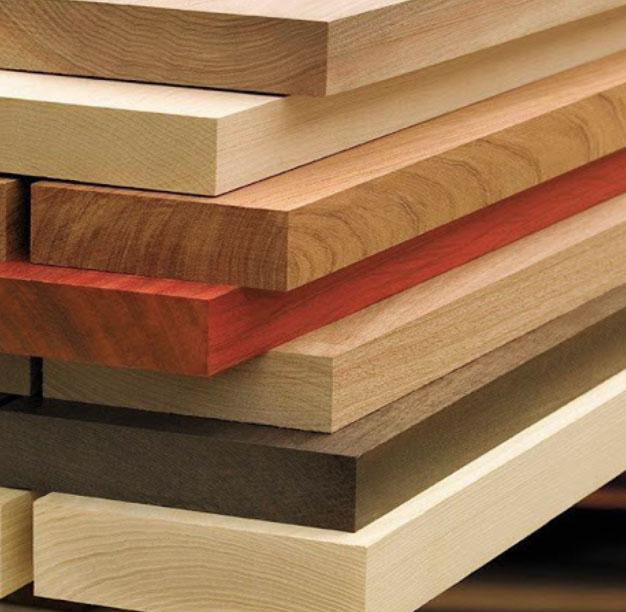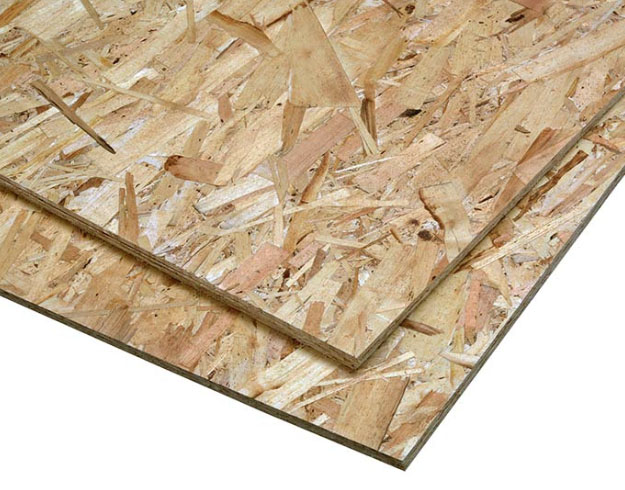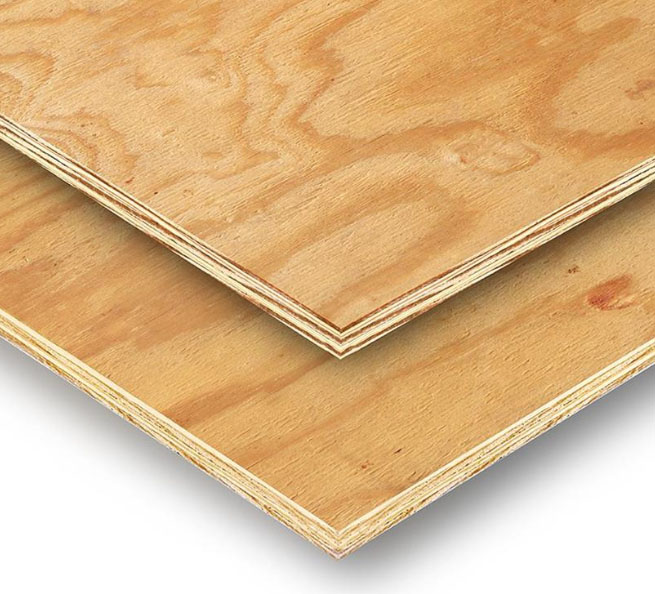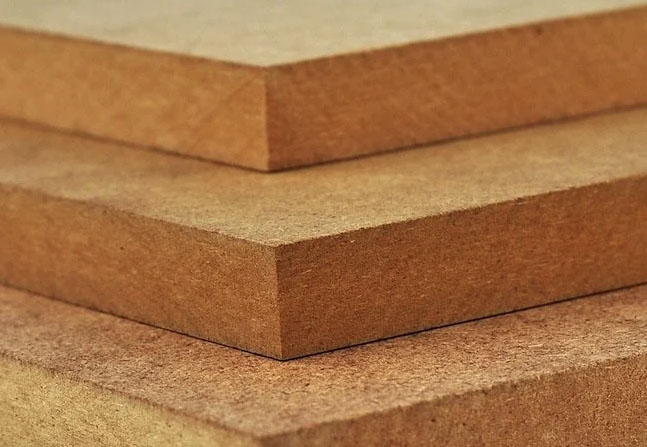3D Fabrication Materials
Table of Contents
Tradition + Technology
Ever wonder what types of materials go into the amazing displays and models that WhiteClouds creates? As each project that we build is custom, so is the selection of the materials we use to make them. Some of the projects use only a few of the materials we have on hand, but the majority incorporate the use of many materials into one project. Here we detail some of the more frequently used materials at WhiteClouds.
3D Printing
PLA Filament
PLA is an acronym for polylactic acid. It is a polymer plastic made from biological materials, making PLA entirely biodegradable. This the most commonly used 3D printing material for fused deposition modeling (FDM) printers. We order this material by the case-full and it comes neatly spooled and ready for use. Our FDM printer farm is always busily extruding the heated PLA to form parts for our statues, 3D cartoons, video game and character models, topographies, and trade show models.
Sandstone
In 3D printing, sandstone is a gypsum-based material that uses colored binder to create a full-color, three-dimensional object. This material is printed at about an inch per hour with high-resolution. Once a build is finished, the part is excavated from the printer’s powder bed, de-powdered, and then quickly dipped into a strengthening cyanoacrylate bath. We use this material in the majority of our architectural, interior and diorama models.
SLA
SLA is an abbreviation for Stereolithography Apparatus. This is an additive manufacturing (3D print) technology that uses light to cure resins into three-dimensional objects. This is a very accurate form of 3D printing. We incorporate SLA printed parts into our architectural models and dioramas. Accurate prototyping is also dependent upon this technology.
SLS
SLS is an acronym for Selective Laser Sintering. This is an additive manufacturing (3D print) process that involves the use of a laser to sinter (bind) powdered materials like plastic, metal, and glass, into three-dimensional objects. This technology is used at WhiteClouds to build prototypes, and is incorporated into our architectural and diorama models.
Hard Coatings
Polyurea
Polyurea is a chemically-developed polymer coating stronger than most commonly used outdoor protective coatings, reaching a 60 on the Shore D Hardness Scale*. Polyurea can protect various surfaces from chemical or physical damage and can also strengthen structure and improve outward appearance. Among its many benefits are its highly flexible and water-resistant properties, as well as an incredibly quick setting time. Visit our Polyurea ULXL66 page for more information on its various benefits and cost.
*The Shore Hardness Scale is determined by a material’s resistance to a test needle of various points and angles. For example, a material on the Shore A scale can withstand a needle with a blunted point with varying depths of penetration. A material on the Shore D scale can withstand a pointed needle that narrows at a 30° angle with varying depths of penetration.
Fiberglass
When saturated with an epoxy or polyester resin, fiberglass cloth or matt creates a sturdy, yet lightweight, composite shell. We use this material when a project needs to be outdoors for an extended time or when the customer wants an added layer of strength. Whether applied to PLA or EPS, fiberglass coating extends the life of a product. We coated our Grumman Goose and Scout statue with fiberglass hard-coatings.
Polymer Smoothing Coat
This is a plastic-like coating that evens out print imperfections and helps to fill blemishes in EPS. We use this material on all of our PLA 3D prints and as a step in our automotive finishing process. It is useful in creating a sandable smooth surface. Take a look at our Harry Potter, Super Mario, Master Chief, and Bart and Homer Simpson galleries to examine how flawless their surfaces are.
Textured Hard Coatings
Our sprayable urethane-based coating provides an impact-resistant shell to just about any material, but we primarily use it on EPS. The texture created by this hard-coating is rugged and will protect against scratches and moderate pressure. This is an excellent material option for multiple use large letters, large numbers, foam sculptures, and foam props. Any display that will be moved from event to event is good to have a hard-coating to reduce dings and dents that may otherwise occur on non-coated EPS items.
Stone Hard Coating
This is another of our sprayable hard-coatings. It creates a concrete-like shell with a texture that is similar to stucco. Again, we can spray this onto any material, but we use it the most on EPS. This coating provides a uniform texture, but it also has the benefit of adding a little more weight to the foam. This hard-coating material is primarily used on our large letters and large numbers displays.
Foam
Expanded Plystyrene Foam (EPS)
Commonly known by the brand name, Styrofoam, EPS is a versatile material that is tough, lightweight, and economical. We have this material delivered to our production facilities by the truckload! Available in 1 to 3-pound densities, we often utilize the 2-pound weight density. We use this material primarily in the fabrication of our large letters and large numbers displays as it is easily cut on our hot-wire CNC machines. Our sculptors prefer this medium to sculpt everything from large product replicas, foam props, and foam characters, to foam sculptures, selfie backgrounds, and custom theme models.
High-Density Foam
High-density foam, or high-density urethane (HDU), is an easily machinable and durable material. It is a closed-cell urethane-based foam product that is available in a variety of densities. The higher the cubic weight density of this material, the more rigid it is. This material replaces wood in many applications. A few of the properties that make this material more desirable than wood are that it is entirely waterproof and will not warp, peel, or crack. A familiar brand name of HDU is SignFoam. When cut on the CNC machine, this material yields gorgeous dimensional signage that is very durable. As this is a versatile material, we use it in a variety of ways. Our thrones, 3D logos, large letters, large topographies, architectural models, and large product replicas all incorporate high-density foam.
Metal
Steel
Steel is the heavyweight champion when it comes to the metal we use at WhiteClouds to create our projects. We have an in-house metalwork and fabrication experts who prefer to add strength to your project with steel. We weld steel plates and tubes to create heavy bases and armatures for the projects that warrant them. Our Grumman Goose and Scout statue both have internal welded structures made from steel.
Aluminum
We use standard aluminum sheeting, tubing and rods in the fabrication of some of our projects. We also use aluminum composites. Dibond is the brand name for a lightweight and rigid composite sheeting composed of a flexible polyethylene foam core sandwiched between two thin sheets of thin aluminum. Aluminum is a popular material choice for customers who want a lightweight and long-lasting display. Check out our 3D logos, large letters, and large numbers pages for inspiration!
Paint
Exterior Grade Latex Paint
This is our top-notch, superior quality paint finish. It takes more time and labor to achieve this finish than it does to go the latex route, but the results are definitely worth it. This gives a porcelain-like beauty to our PLA prints and polished refinement to EPS. This high-grade paint option is long-lasting and has the double benefit of a robust scratch-resistant finish. After the paint application, a protective sealant is applied in either a matte, gloss, or high-gloss sheen that acts as a protective barrier against scratches. Our character models, 3D cartoons, decorative sculptures, movie props, and many trade show displays have automotive paint finishes.
Automotive Grade Paint
Our standard paint finish option allows the selection of a variety of colors. We ask that our client gives us either a Pantone or a paint chip as a color match reference. Outdoor latex paint suits the basic needs for colorful EPS and allows for a wide variety of affordable color selection. Take a look at our large letters and large numbers and you will see a vast menagerie of latex paint colors we use to create our displays.
Plastics and Substrates
Expanded PVC Plastic
This lightweight material is better known by brand names such as Sintra, Celtec, and Komatex. Expanded PVC plastic is a hard-wearing sheeting material that provides a hard, smooth surface. It is easily machinable and frequently used in trade-show booths, model making, and displays. We use this material a lot, but to see a few examples take a look at our large letters, architectural models, dioramas, and large product replicas.
Acrylic Panel
Acrylic panels are clear, shatter-resistant plastic sheets that are often used as an alternative to glass. The acrylic sheets come in a variety of thicknesses and colors. Acrylic is a flexible plastic and can be bent with heat to form shapes. We use acrylic panels for our floating letters and logos and also for our heat-formed acrylic letters. We have also used this material in trade-show displays as shelving. Take a look at our floating letters gallery for some beautiful examples of how we use this material.
Polycarbonate
Polycarbonates are thermoplastic polymers that have carbonate groups in their chemical structures. Lexan is a popular brand of polycarbonate. The polycarbonate that we use is similar to acrylic, but its stronger. It is still flexible and easily molded like acrylic and can be used in a lot of the same ways. We use this material when a project calls for a bit more strength than what acrylic gives. You can see where we have used this material in our floating letters and 3D logos galleries.
Hi-Resolution Graphics
WhiteClouds’ in-house experts add hi-resolution branding and images to projects with high-quality printing and plotting on multiple varieties of substrate. Vinyl is by far the most popular printing substrate that we use. Hi-resolution graphics assure that branding retains crisp visual integrity. We ask that our clients send us their hi-res logos and images at resolutions of at least 300 pixels per inch (PPI). If that is not possible, our designers can make hi-res images for the project! See our use of hi-resolution graphics in our 3D logos, large letters, large numbers, statues, character models and trade show displays.
Foam Board
Known by brand names like Foam-Cor, Ultraboard, Gatorfoam and Gatorboard, foamboard is a lightweight composite that is easy to work with. It is composed of sheet of polystyrene (solid or foamed) that has a facing of paper applied to either side. This material is commonly used at WhiteClouds in our architectural and diorama models.
Styrene
Styrene is flexible, lightweight, and suitable for both indoor and outdoor applications. It comes in various thicknesses and can be directly printed onto to create impressive looking high-quality signage and other displays. At WhiteClouds, we use styrene to face some of our EPS letters and numbers, we incorporate it into our large product replicas, trade show displays, and in our dioramas and architectural models.
Wood
Hardwoods
Hardwoods are known for their quality and durability. The use of hardwood produces a truly exceptional product of quality. The strength that hardwood gives and the ease of maintenance make for a gold standard in material choice. We use hardwood most often to create elegant bases and cabinetry to elevate dioramas and architectural models.
OSB Plywood
Oriented strand board, or OSB, is an economical, engineered wood panel comprised of specifically oriented hardwood and softwood strands and adhesives that are pressure formed into boards. OSB is a great choice for inner structures where strength is important, but metal is not necessary. Along with internal structures, we use OSB as the main material for our standard project crating to protect shipments during freight shipping.
Plywood
Standard plywood is another engineered wood that has less surface texture and better moisture resistance than OSB. Plywood is created by gluing thin sheets of wood veneer together, alternating the wood grain direction by 90° each layer. At WhiteClouds, we use plywood to create letters and numbers, bases for our floating letters, stages and platforms for our thrones, in trade show displays, and in many more projects. This is also what we use to build our premium reusable crates to protect our client’s projects from show to show.
Medium Density Fiberboard
Medium density fiberboard, better known by the abbreviation MDF, is an engineered wood product that is made by heat and pressure forming fibers of hard and soft woods that have been mixed with a wax and resin binder. At WhiteClouds, we often use MDF to create the weighty bases for our floating letters displays.
Do you have a question we didn’t answer? Don’t hesitate to contact us at 1-385-206-8700 or [email protected].
